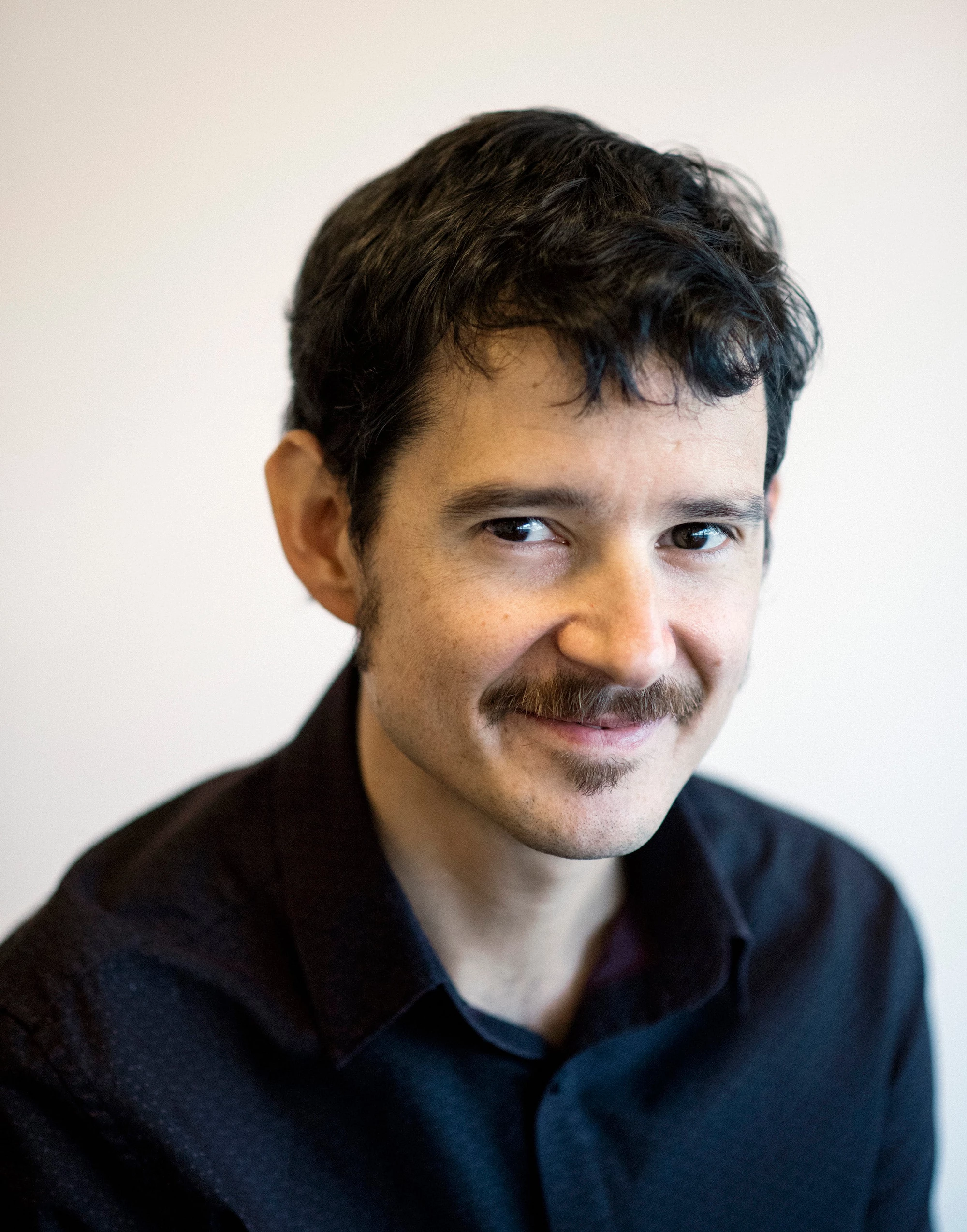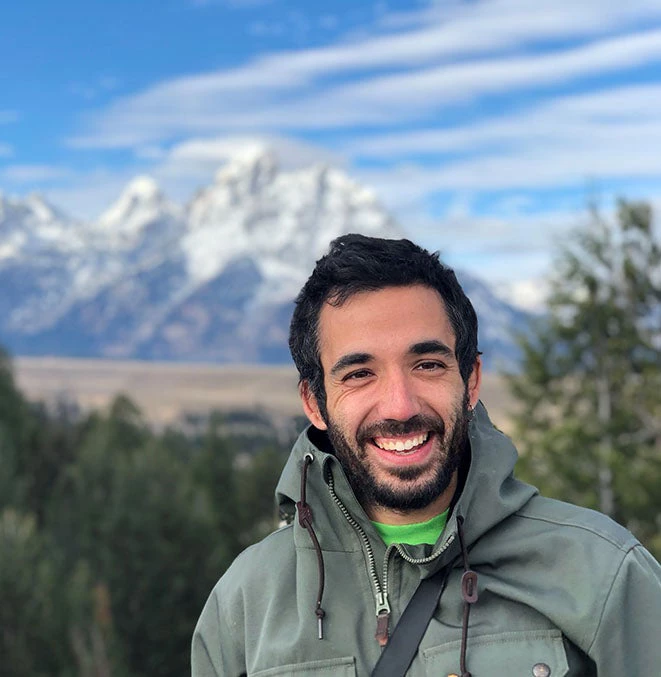JAKARTA - Indonesia. April 12, 2020: Indonesian girl learning with laptop and earphone at home.
The “new normal” is not normal. Countries worldwide are trying to adjust to the disruptions in the education landscape caused by the COVID-19 pandemic. The Education Technology (EdTech) team in the Education Global Practice of the World Bank Group (WBG) has been actively working with Ministries of Education and multilateral organizations to provide guidance and technical assistance to maximize countries’ effectiveness in the design and execution of remote learning strategies. Between May and November, 2020, the EdTech team conducted first an exploratory study to understand the perceived effectiveness of remote learning solutions implemented across five countries (Brazil, Kenya, Nigeria, Sierra Leone, and Peru) and then, building on key lessons learned, a second phase of the study identifying global trends in remote learning implemented during school closures and the actions governments are taking to get ready for remedial learning (in Afghanistan, Cambodia, Cameroon, Haiti, Kenya, Malawi, Mozambique, Nepal, Niger, Pakistan, Rwanda, Estonia and Uruguay). Based on this study, a blog series will highlight key lessons learned from these experiences. The series is structured in five sections: Institutional Capacity and Multichannel Strategy; Training and the Changing Role of Teacher; Remedial Learning; Curriculum adjustment and Monitoring and Assessment.
Two approaches for a rapid emergency education response
During the COVID-19 pandemic, governments have used two main institutional approaches to transition to remote learning. Education systems that built technical and institutional capacities prior to this pandemic quickly deployed remote learning using new and old technologies and leveraging existing resources (e.g. infrastructure, devices, contents but primarily human capacities). Governments that had limited experience with remote education have had to rapidly react by adapting external resources from partners or simply building them from scratch. Thus, while most systems swiftly transitioned to remote learning, not all started from the same position.
Governments that have experienced remote education for the first time and did not have vast repositories of digital content have faced the challenge to quickly design, implement, and sustain a distance learning program while schools are closed. Peru, like many others, had limited experience with remote learning programs, the Ministry of Education (MoE) partnered with content producers, TV channels and radio broadcasters, telecommunication operators, and technology companies to implement and deliver a national multi-channel remote learning program: ‘Aprendo en Casa’. While it was created from scratch in less than two weeks, the ministry also strengthened pedagogical teams to consolidate institutional capacities and provide relevant guidance. Additionally, cross-country collaboration was crucial as the MoE partnered with Mexico’s Secretary of Public Education to access its content. This is a clear example of how impactful the collaboration and knowledge sharing between countries can be.
On the other side are education systems that have created institutions and capacities to enable distance and/or open learning for years if not decades. It is not surprising that those countries with prior experience have been in a better position to adapt and rapidly execute existing remote learning programs. In Sierra Leone, the government strengthened a national radio learning program that worked during the Ebola crisis and quickly re-activated the capacities and expertise they already had. In Kenya, with a long tradition in distance education, the MoE leveraged an existing multimodal remote learning program that was implemented as soon as the government announced school closures due to the pandemic: the radio learning program is carried by three national stations and over 40 community radio stations to reach students in remote areas, and the TV learning program is carried for free by signal providers to ensure that families that have a TV do not pay to watch the government education channel. Similarly, the state of Edo in Nigeria had already experienced a technology-based education model. The government leveraged an existing content repository that is now readily available through audio learning guides, self-study activity packets, among other mobile-learning resources. In these three cases, the institutions and mechanisms already consolidated allowed MoEs to face the educational challenges from a much more solid position.
From a rapid response to a sustainable remote learning
Multimodal content delivery systems proved to be effective to increase coverage (reach a high percentage of the student population) and access (inclusion of a diverse student population based on their level of access to different technologies). The effectiveness of these education delivery systems increases when complemented with a coherent communication strategy. In the state of Sao Paulo in Brazil, where the multichannel remote learning program was supported with a communication strategy that includes: (1) a proactive TV and social media campaign to guide and keep teachers and families informed about the new learning modes; (2) teachers and principals contacting families of students who were out of reach through phone calls or home visits; and (3) a mobile application that allows for teacher-student interaction at no cost.
While focusing on the “supply side” by implementing a multimodal strategy is important, it is just the first step to understand the effectiveness of remote learning. It is also critically important to monitor the effectiveness from the demand side. That is, to monitor engagement and effective learning. In Peru, Aprendo en Casa’s multimodal program has reached over 85.9% of the student population, including students with special needs. The government has monitored effectiveness by proxy, tracking the frequency of communication between teachers and students, satisfaction rates with Aprendo en Casa’s delivery systems, learning habits, among other key indicators. However, none of the countries analyzed in this study were yet in a position to effectively monitor student learning.
While the pandemic has revealed that global education systems have started from unequal ‘remote learning playing fields’, it has helped us understand the importance of building solid but also resilient education systems for now and for the future.
The "Perceived Effectiveness of Remote Learning Study" was developed and rolled out by the EdTech team as part of the Joint Initiative for Continuous and Accelerated Learning in response to COVID-19 funded by a Global Partnership for Education (GPE) Grant allocated to a consortium comprised by WB, UNESCO and UNICEF. The analysis on Estonia and Uruguay was covered outside of the grant scope as these countries are not GPE eligible.
SPECIAL THANKS to María Barron who is also part of the team working on the effectiveness study, for her great feedback and edits.





Join the Conversation